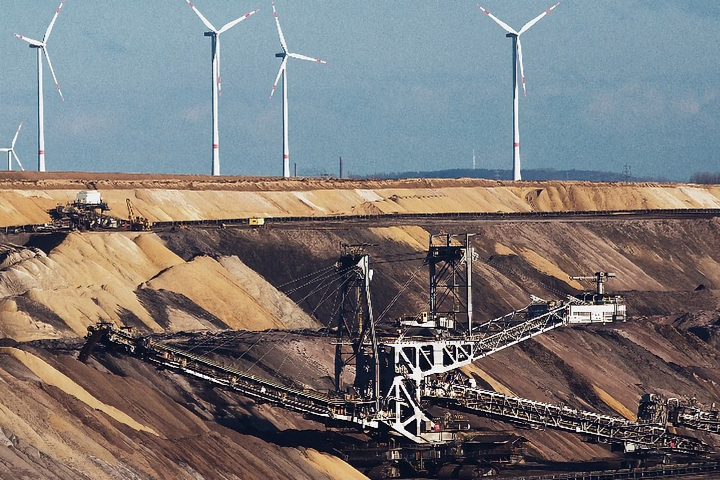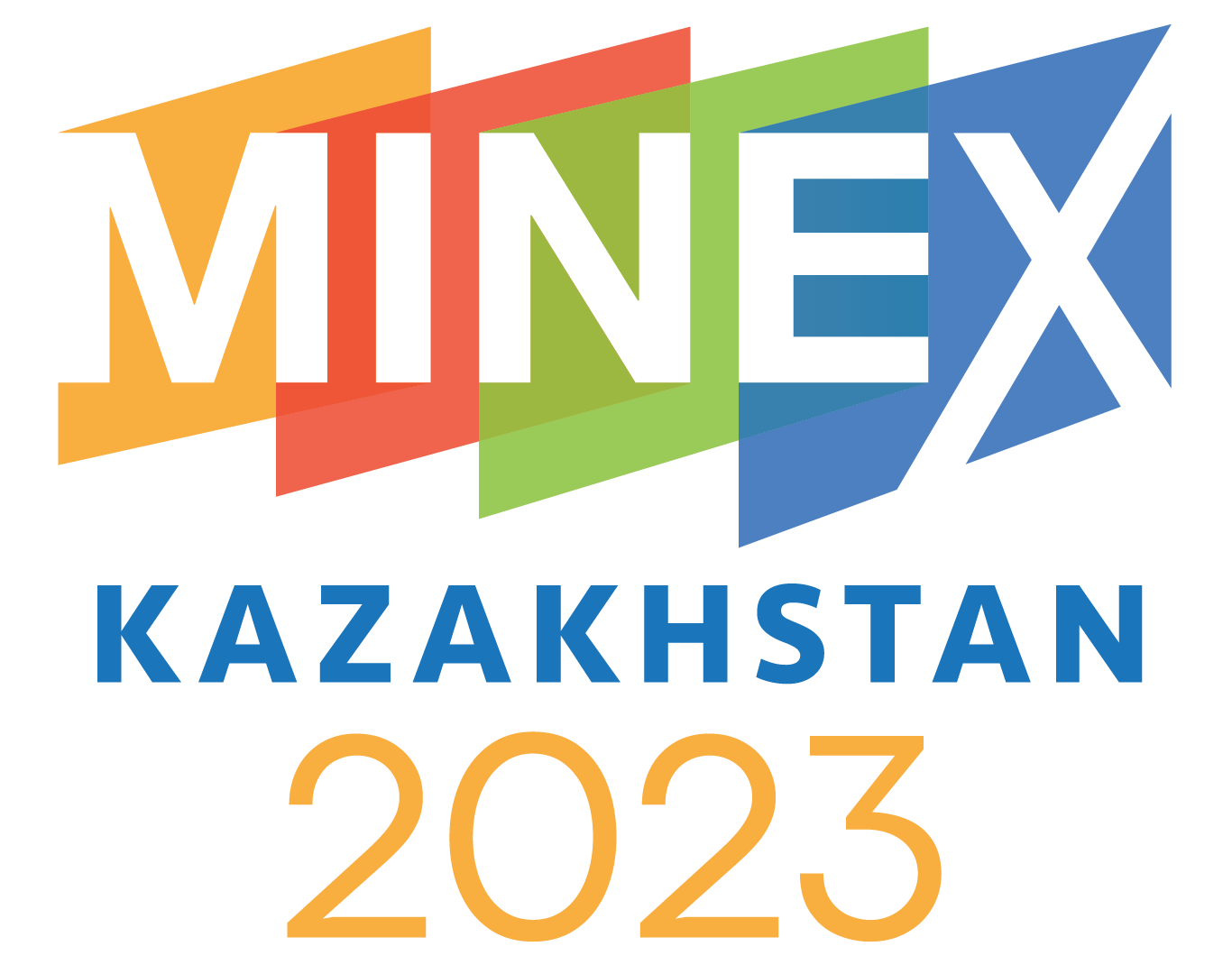Decarbonisation in Mining

Mining is responsible for 1−2% of global carbon emissions, with a further 4% approximately attributed to methane released by coal mining and approximately 8% attributed to smelters that convert concentrates into metal. The amount of energy used in mining, the emissions produced and the associated challenges of the energy transition are all significant.
Many miners have set themselves demanding targets to reduce their Scope 1 and 2 emissions by as much as 30−50% by 2030. This represents an unprecedented rate of change. However, this rapid transformation is not without its challenges and this article will explore some of the promising technologies being explored by the mining industry.
Switching energy supply from a fossil-fuelled to a renewable source is a significant step towards reducing emissions, especially where electricity is currently being generated by burning coal or gas. Some mines in Australia are reporting that they can generate up to 60% of their power from renewable sources and are targeting to increase this to 80−95%.
Truck haulage can represent 30−50% of emissions in open pits through the diesel consumed. Electrifying haulage via technologies such as trolley assist, and in-pit crushing and conveying (IPCC) systems represents an area of opportunity. These technologies can reduce diesel consumption by 60−80%. However, installing systems with fixed infrastructure requires careful planning so as not to negatively affect operating efficiencies.
Switching to cleaner fuels is another area being investigated, with the world’s first hydrogen-powered haul truck recently commissioned at a mine in South Africa. The electricity required to electrolyse the hydrogen will be generated using a 100 MW photovoltaic plant located on the mine site.
Underground mines have long used electrical power for powering equipment due to its benefits in reducing ventilation requirements. Recently, many mines have adopted battery power for LHD units and trucks as the haul distances underground are usually short and gradients low to flat. Studies by SRK have demonstrated that battery-powered haulage is economically competitive; it also provides additional benefits such as improved working conditions and reduced ventilation requirements, further reducing energy consumption.
A renewed focus on capturing methane in advance of mining is required at coal mines. This includes developing safe solutions for capturing, using and destroying the methane produced. Technologies exist to capture the methane for use in energy generation, thus reducing energy demand. SRK has applied hyperspectral methane monitoring technology for the identification of methane sources to assist in management, capture and monitoring of methane.
Further reductions in emissions will require a more holistic approach. For example, blasting to finer particle size would require less energy for crushing and grinding; increasing the grade of concentrates would reduce smelter emissions. Investing in alternative technologies such as pre-concentration and switching from conventional crushers and semi-autogenous mills to high-pressure grinding rollers will also reduce energy demand and associated emissions but will only be feasible at the outset of a new project or expansion. Finally, improving efficiencies through measures such as designing and maintaining haul roads to minimise rolling resistance and travel distances will reduce fuel consumption and thus emissions.
While emission reductions are critical, opportunities for carbon sequestration are also very attractive. SRK is currently involved in research and development into
carbon sequestration in tailings.
In summary, the mining industry is embracing the challenge to reduce greenhouse gas emissions. Identifying suitable solutions and designing operations around the requirements for these solutions requires innovative thinking but also extensive experience in the mining industry to ensure that technologies are practical and sustainable. SRK is leveraging its global experience in various facets of the mining industry to partner with clients on this journey.



